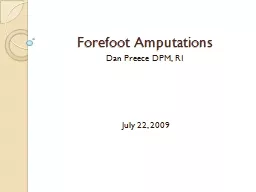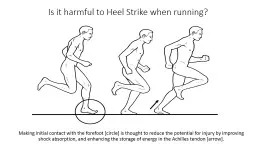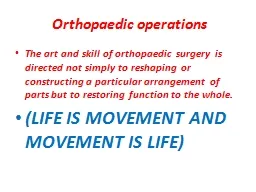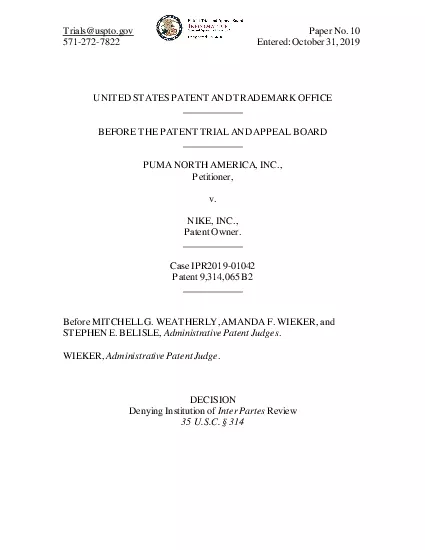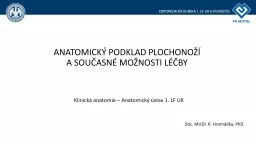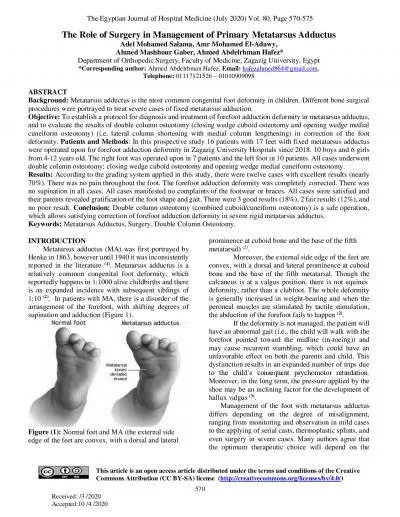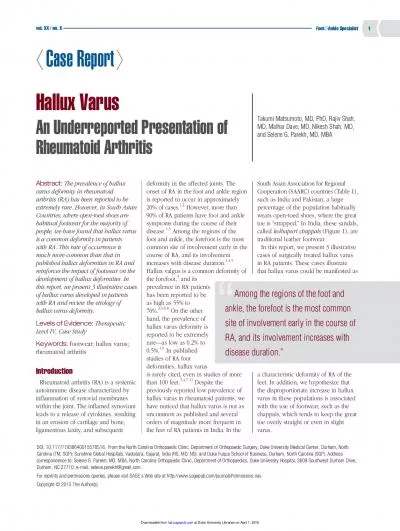PPT-Forefoot Amputations
Author : celsa-spraggs | Published Date : 2015-10-17
Dan Preece DPM R1 July 22 2009 Statistics Foot ulceration with infection is one of the leading causes of hospitalization for patients with diabetes mellitus A
Presentation Embed Code
Download Presentation
Download Presentation The PPT/PDF document "Forefoot Amputations" is the property of its rightful owner. Permission is granted to download and print the materials on this website for personal, non-commercial use only, and to display it on your personal computer provided you do not modify the materials and that you retain all copyright notices contained in the materials. By downloading content from our website, you accept the terms of this agreement.
Forefoot Amputations: Transcript
Download Rules Of Document
"Forefoot Amputations"The content belongs to its owner. You may download and print it for personal use, without modification, and keep all copyright notices. By downloading, you agree to these terms.
Related Documents

